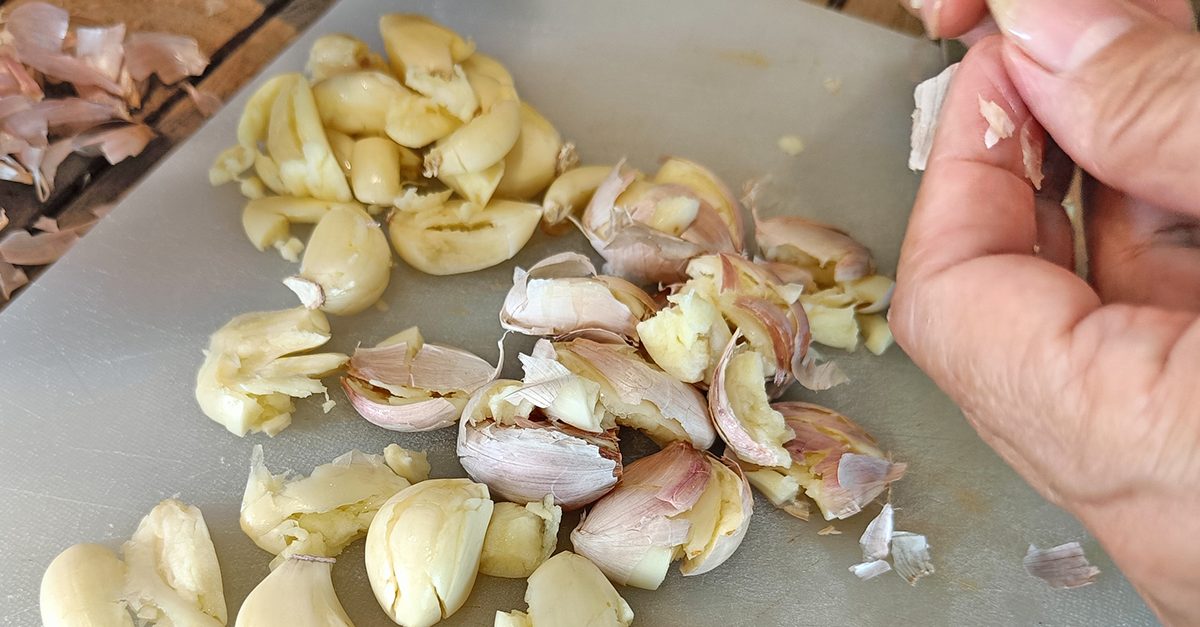;)
To ensure proper digestion it is important to balance not only the meals but also the ingredients in each dish, in order to promote a natural and fast assimilation of all nutrients. One of the most common mistakes we make at the table is to consume foods in the same meal that our body digests in different times and ways; thus, without knowing it, we find ourselves fatiguing and slowing down the natural digestion process or, worse, preventing our body to take all the nutrients necessary for our health. Starches and proteins? Fruit and cured meats, or meat and eggs? Many of the most common combinations could prove to be not exactly healthy; we will probably hurt your culinary feelings and dispel ancient and strong beliefs, we will still run this risk and, if you follow our advice, your digestion will probably thank you.
1. Tomato and mozzarella cheese

Perhaps not everyone knows that the tomato is not a vegetable, but a type of fruit; and so what, you might say? If you add to this information the fact that fruit should not be combined with animal proteins, you will understand why the tomato and mozzarella cheese duo is not exactly a great idea, unless the goal is to put a strain on your stomach. We know well that this means saying that the caprese salad and the gnocchi alla sorrentina are actually the result of a wrong combination but hey, don’t shoot the messenger!
2. Milk and banana

They can be the basis of the best milkshake in the world but, sorry to say, banana and milk together are a real time bomb for our digestion. In fact, when taken together, banana and milk weigh down the stomach and can damage the intestinal flora because they are digested in different times and ways, thus fatiguing and slowing down the natural process. In the worst cases, it seems that the milk – banana couple can cause allergies or forms of coughs and colds.
3. Tomato and cucumber

In summer they abound on our tables, yet tomatoes and cucumbers should not be paired or eaten in the same meal. Taken separately they are incredibly nutritious, as well as tasty, but together they can cause some discomfort to our poor digestion; in fact, cucumber contains an enzyme that prevents the natural absorption of vitamin C, present in abundance in tomatoes and in doing so limits the intake of nutrients by our body. And if you suffer from reflux, never ever dare to put them on the same plate, we say it for your good.
4. Starches and proteins

Starches and proteins have very different digestion times; this means that taking bread and cheese, or pasta and meat in the same meal, can please our palates but definitely strain our digestive system and in particular our stomach. Bread, pasta with potatoes, if consumed together with dairy products, eggs or meat (meatballs are meat, don’t cheat!) will tend to ferment and become indigestible; if you really can't or want to do without it, the tagliatelle with ragu sauce are best eaten for lunch, never in the evening before going to sleep.
5. Ham and melon

Lovers of '80s cuisine might fall off their chairs, but we feel we have to take this risk; combining ham and melon and eating them in the same meal, sorry to say, is not a good idea at all. Why? The reason is very simple; any type of fruit accompanied by animal proteins such as meat or dairy products, becomes difficult to digest, weighs down the stomach and puts pressure on our intestinal flora. The best way to enjoy fruit is to do it between meals in order to promote digestion and the correct assimilation of its nutrients.
6. Tea and milk

Unlike other combinations, tea and milk should be consumed separately not to facilitate digestion, but to fully enjoy their various benefits. Let's try to explain; tea can have positive effects on cardiovascular health and blood pressure, but these benefits are "canceled" when it is drunk with milk. The "problem" seems to be casein, capable of blocking the active ingredients of the tea; don't tell this to English people, for heaven's sake!
7. Meat and eggs

Taken individually, meat and eggs are excellent sources of animal protein but, consumed together in the same meal, they can be difficult to digest. Why? Putting eggs, sausage, bacon or juicy steaks in the same dish means asking our body to take in and digest a real protein surplus and, as we know, overdoing it is never good, especially at the table.
8. Lasagna

Undoubtedly a symbolic dish of Italian tradition, however, let's face it, certainly not among the most easily digestible dishes; in fact lasagna contains carbohydrates, vitamins and animal proteins, all in one single dish! The tomato does not go well with mozzarella cheese (or bechamel, according to the possible variations), minced meat and egg pasta will also be delicious but, together, not too friendly to our digestive system; lasagna remains a great classic dish but if it is eaten only on special occasions there is a reason.
;Resize,width=712;)
;Resize,width=712;)
;Resize,width=712;)
;Resize,width=767;)
